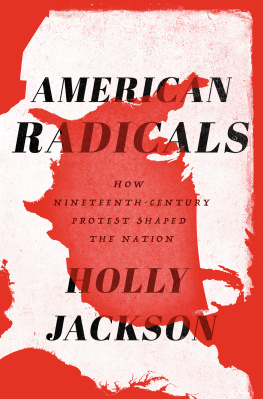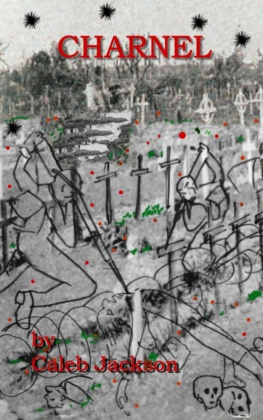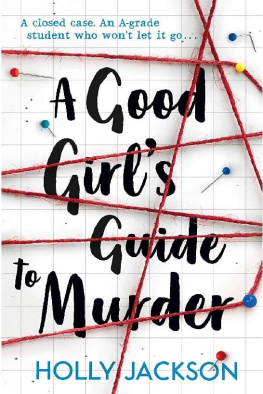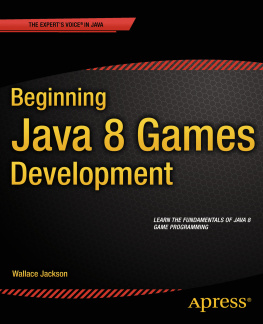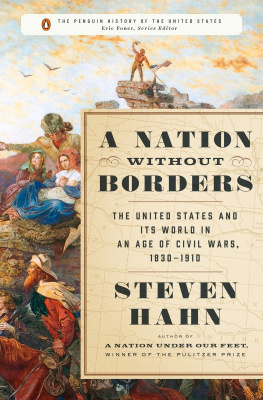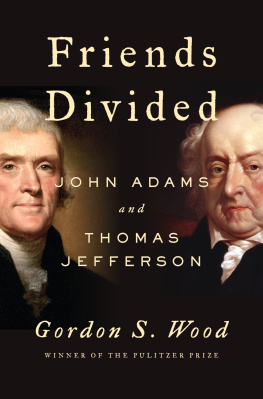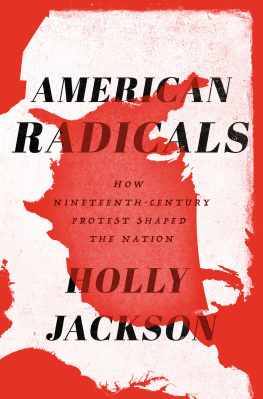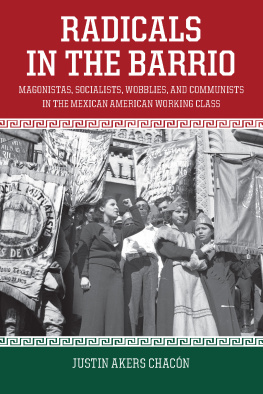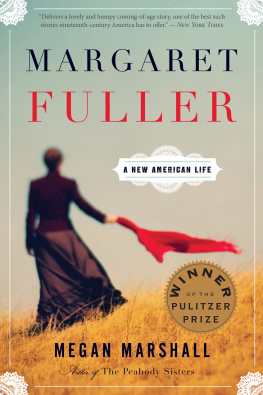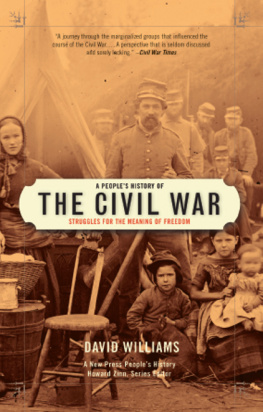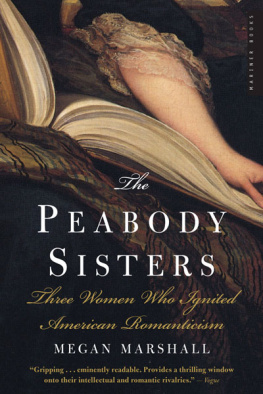Contents
Landmarks
Print Page List
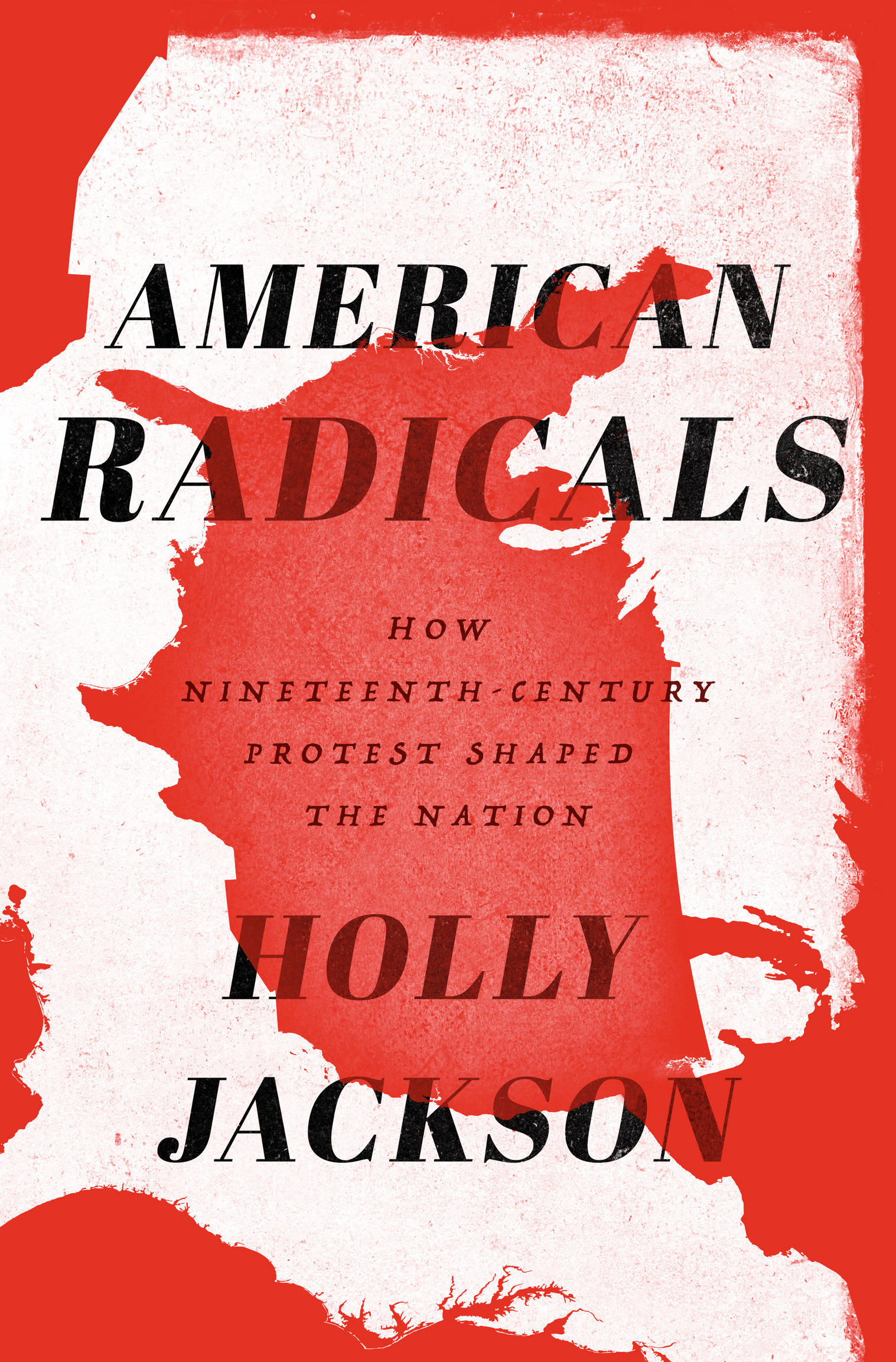
Praise for AMERICAN RADICALS
Teeming with colorful and long-forgotten characters, Holly Jacksons dazzling new historyat once wide-ranging and fine-grainedrecovers anew the restless and improbable spirit of reform that animated America in the nineteenth century. American Radicals is a timely and powerful reminder that America has always been a work in progressand that voices of protest echo with purpose and urgency across the generations. Amid the din of our daunting times, here is a history lined with hope.
Brian Matthew Jordan, finalist for the 2016 Pulitzer Prize in History for Marching Home: Union Veterans and Their Unending Civil War
American Radicals is a wise and vivid history of the women and men who imagined a nation that would live up to the ideals of untrammeled personal liberty and direct democracy and then dared to build movements and communities dedicated to that purpose. This is a book that will educate and thrill progressives of all ages.
Michael Kazin, author of War Against War: The American Fight for Peace, 19141918 and professor of history at Georgetown University
Jackson gives readers stories that are inspiring, infuriating, hilarious, frustrating, and meaningful for our complicated present. An outstanding book that any modern radical should read.
Erik Loomis, associate professor of history at the University of Rhode Island and author of A History of America in Ten Strikes
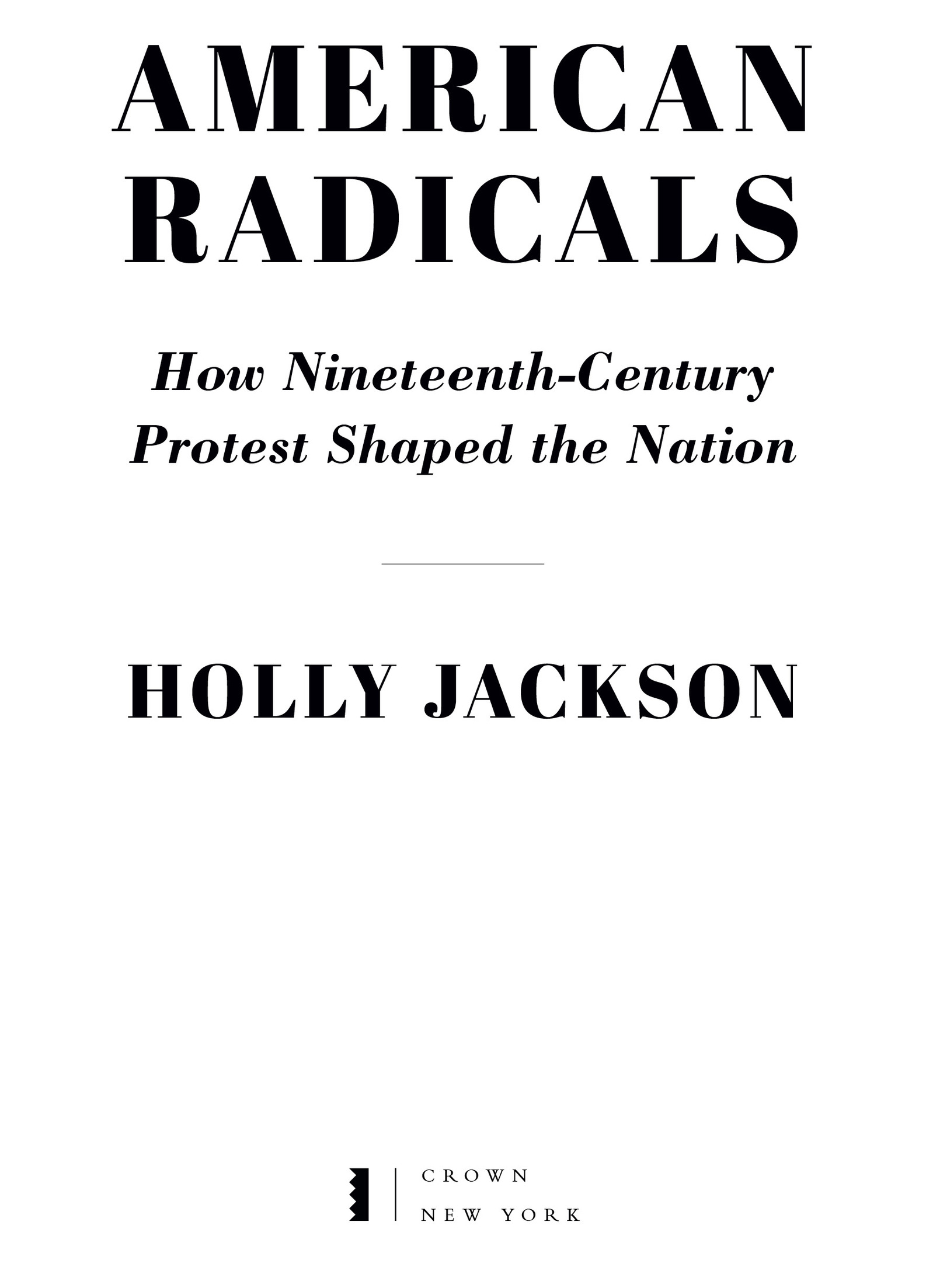
Copyright 2019 by Holly Jackson
All rights reserved.
Published in the United States by Crown, an imprint of Random House, a division of Penguin Random House LLC, New York.
crownpublishing.com
CROWN and the Crown colophon are registered trademarks of Penguin Random House LLC.
L IBRARY OF C ONGRESS C ATALOGING-IN- P UBLICATION D ATA
Names: Jackson, Holly, author.
Title: American radicals : how nineteenth-century protest shaped the nation / Holly Jackson.
Description: First edition. | New York : Crown, an imprint of Random House, [2019]
Identifiers: LCCN 2019016198 | ISBN 9780525573098 (hardcover) | ISBN 9780525573104 (pbk.) | ISBN 9780525573111 (ebk.)
Subjects: LCSH: RadicalsUnited StatesHistory19th centuryBiography. |
Social reformersUnited StatesHistory19th centuryBiography. |
United StatesSocial conditions19th century. | United StatesPolitics
and government19th century. | United StatesHistory18151861. |
United StatesHistory18491877.
Classification: LCC HN90.R3 J37 2019 | DDC 303.48/409034dc23 LC record available at https://lccn.loc.gov/2019016198
ISBN9780525573098
Ebook ISBN9780525573111
Cover design: Taylor Boudreaux
v5.4
ep
Contents
Introduction
A Second and More Glorious Revolution
On July 4, 1826, Americans woke before dawn. Some squeezed into blue coats that had been folded in trunks for decades and covered what was left of their hair with tricornered hats, long out of fashion. At sunrise, cannons boomed, church bells pealed, and across the nations scattered villages and modest cities, aged heroes of 76 fired salutes from flintlock muskets, marching down dirt thoroughfares to drum and fife and the cheers of the crowd. Most parades then proceeded to a grove or a town square for a reading of the Declaration of Independence, followed by high-flown speeches honoring this momentous day: the semicentennial, or Jubilee, as they called it. Some addresses spun wild visions in which the twenty-four states dotted with family farms and the vast forested territories beyond would one day become a powerful empire. The listeners adjourned to eat barbecue and then headed to the taverns for rounds of toaststo George Washington, to the flag, to the eagle, to the first half-century of American life.
As orators waxed poetic on the imperishable names of the founders who had risked execution as traitors to the Crown in order to bequeath the everlasting legacy of freedom, Thomas Jefferson died in his bed in Virginia. Hours later, sitting in a chair at home in Massachusetts, John Adams followed him. It was exactly fifty years after the Declaration they had drafted together was approved, founding the United States of America. Many regarded this strange historical coincidence as a divine message, Gods seal of approval on the American Revolution and a promise of perpetuity for its outcomes. Unmistakably, it was the threshold of a new era, the end of the beginning. The young nation had outlived the men who made it. What was next?
One man in Indiana claimed to know. Robert Owen was a rich industrialist, renowned in this country and in Europe for running philanthropic experiments in a cotton mill he owned in New Lanark, Scotland. As the nation celebrated its Jubilee, he mounted the stage at New Harmony Hall, a former church that he had purchased, along with the twenty thousand acres surrounding it. Intrigued by communal groups like the Shakers and emboldened by his experience applying his social theories to the factory workers he employed, Owen had sailed for the United States to propose a project on a far grander scale. His fame had spread after he addressed the assembled leaders of the federal government the previous year in Washington, D.C., pitching a wholesale reorganization of American life that was surprisingly well received. It was pouring rain on the Wabash River that Fourth of July, but a thousand people packed the building, traveling to this rural outpost from all over the country to hear what this slight Welsh gentleman had to say.
While orators in other cities and towns sang the praises of the American founders, Owen focused instead on the limits of their achievement. They had been forced to settle for mere political independence, he claimed, hemmed in by the old-world prejudices that still dominated their era. But they could glimpse a stronger and clearer light at the distance, he explained, and the founders trusted that their descendants would pick up where they left off, completing the transformation they had only begun. Indeed, a second revolution was required, a new battle for freedom superior in benefit and importance to the first revolution. He asked the crowd, Are you prepared to imitate the example of your ancestors? Are you willing to run the risks they encountered? Are you ready, like them, to meet the prejudices of past times, and determined to overcome them at all hazards, for the benefit of your country and for the emancipation of the human race? To launch this revolution, Owen presented his Declaration of Mental Independence to supplant the founding document adopted fifty years before that day. Its object was to slay a Hydra of Evils enslaving mankind the world over: specifically, the threefold horrid monster of private property, religion, and marriage.
From our vantage point, almost two hundred years later, Owens social revolution seems destined to fail, his interpretation of the founders as heralds of secular communism laughable at best. Capitalism, evangelical Protestantism, and the nuclear family would ultimately win the day, becoming far more deeply entrenched in American culture during Owens lifetime. But from where he stood, the future of the United States was wide open, rolling out like a screen on which marvelous utopian visions could be projected. And indeed, Indiana looked a little like Eden in 1826. The woodland areas around New Harmony abounded that summer with persimmons, wild grapes, and flowering vines, punctuated with flashes of tropical green and yellow from wheeling Carolina parakeets, which are now extinct. Fertile land was practically endless, offering the rapidly multiplying population the natural plentitude of timber forests and lakes and rivers teeming with fish.

